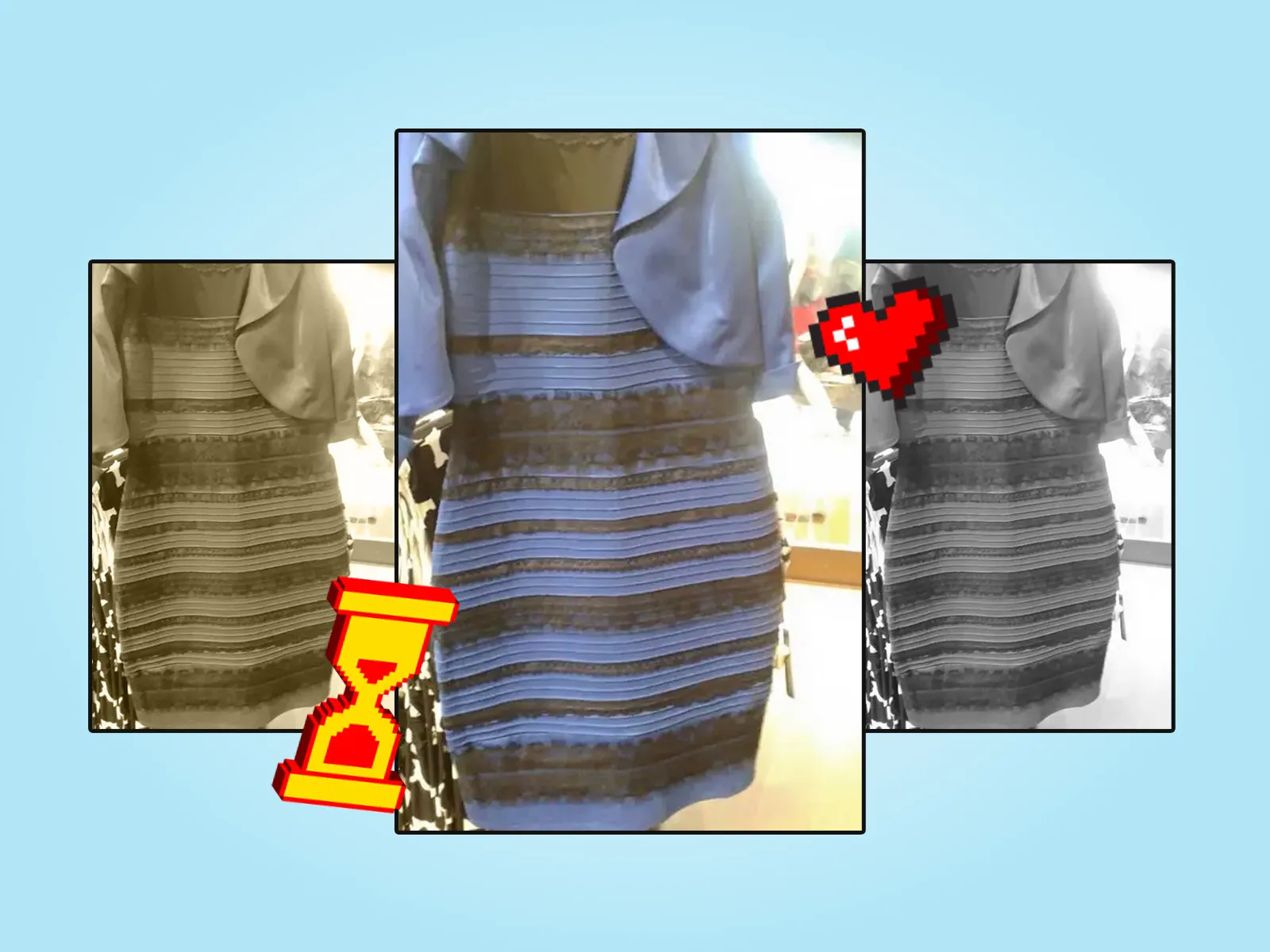Copyright talkingpointsmemo

Gawker Media’s Nolita office, where the blog conglomerate was located until the summer of 2015, was always dank and weird: a brick, loft-style room in a former tenement on Elizabeth Street, with lighting so low it was probably reportable to the Occupational Safety and Health Administration. I began working there in 2014, as culture editor for the women’s site Jezebel, and while I adapted to the speed of blogging culture, I could never quite get over the fact of the office. It was so dark that our computer monitors emitted more light than the overheads, which were strung across the ceiling with the aplomb of an early 20th century publichouse, and had the useless brown glow of tiny Edison bulbs. Those of us without the wherewithal to get desk lamps, which was most, clacked away in the dark at the long rows of tables where the staffs of its six sites, about a hundred of us, sat side by side. We communicated almost exclusively through internet chat — even coworkers who sat a foot apart — though often the room erupted in gales of laughter at quips known only to those in their particular Slack channel. Everyone got used to that, but otherwise the office was so silent, like a wacky library, that it was almost startling if someone spoke to you aloud. Except for Feb. 26, 2015, when a viral outfit known as “The Dress” upended the office silence and, probably, the trajectory of the media itself. It can be hard to recall that epoch in U.S. culture, but 2015 was another world: Obama was the president, Tumblr was the preferred social platform for young people and authors of fan fiction, and the country was in thrall to “Uptown Funk,” the Mark Ronson song with Bruno Mars. Most crucially, BuzzFeed was hugely popular, having tapped into the millennial id through its savvy use of nonsensical quizzes and meme-mining video concepts. On Feb. 26, when a British woman on Tumblr uploaded a photo of a dress that provoked optical illusion — was it black and blue, or white and gold? — she emailed it to a Buzzfeed staffer, who wrote a post that garnered more than 16 million views. BuzzFeed was a Gawker Media nemesis — both for their content, which we generally regarded as insipid and cloying, and for their ability to generate the kind of web traffic that could, at least at that time, sustain a business. Heading the row of tables where we sat were a series of giant screens we called the “Big Board” which projected real-time stats from Chartbeat, the data company websites used at the time to track traffic figures. That afternoon, Gawker Media’s Managing Editor shouted into the cold stillness: “Everyone needs to blog The Dress!” The energy was frantic, almost cartoonish. Staffers began speaking aloud; every site began brainstorming an angle that would make sense for their respective publications. (Jalopnik, Gawker Media’s car site, was exempt.) The Big Board became somewhat notorious for its emphasis on web traffic, alongside a monthly program in which the writers with the highest trafficking stories would receive a bonus on top of their paychecks. Among some media, they were a symbol of mercenary incentives to juice up web traffic and therefore ad sales; among others, they were indicative of the rapid decline of media. “You only care about traffic,” an older male New York Times journalist I barely knew sniped at me once, by way of implying that I was not a real journalist in the same way that he was. Jezebel staffers were often the butt of this type of condescension, as our Gawker parentage, opinionated voices, and unrepentant womanhood irked the Ivory Toweriest of establishmentarians. We cared a lot about journalism, we just also happened to blog. But none of us, not the various Gawker Media sites nor the Times, were immune to the extent to which Search Engine Optimization (SEO) — the tailoring of news stories and headlines to rise up to the top of Google’s search engine, directing traffic to media sites — would upend our lives. Jezebel’s contribution to the discourse was but one piece, by contributor Mark Shrayber, who headlined his blog, “You Know What Color This Dress Is? ‘FUCKING UGLY.’” The fact that whomever edited this did not remove the scare quotes (was it me? I cannot recall) is indicative of the nature of blogging for traffic: when speed is key, AP style falls by the wayside. But the tenor of his post is telling. “I’ve looked at this dress for about ten minutes now, waiting for it to change color before my eyes so that I could write this post that my editor texted me to do and there are only two things I can come up with: 1. This dress’s color story is all sorts of fucked up. 2. The dress’s true color is ‘fucking ugly.’” Shrayber’s headline was typically irreverent, and we likely weren’t thinking about SEO at the time — curse words weren’t great for search, but I can certainly imagine people googling “the dress ugly.” We were clearly exhausted by the mundanity of the topic and aware that the optical illusion was both exceedingly stupid and somewhat fascinating at once. (WIRED would later report that The Dress phenomenon had prompted neuroscientists to further investigate the ways visual processing affects reality perception, leading to a breakthrough in how brains disambiguate lighting.) But The Dress was a viral phenomenon in which SEO proved traffic could be juiced by focusing on the dumbest memes, leading media down the road of dumbing down at least a portion of its content to feed the algorithm. A few years after The Dress, I became Jezebel’s editor in chief; I recall one confusing traffic meeting in which I was both excoriated for, and prodded to increase, our minimal coverage on the Kardashians, a constant source of SEO-generated clicks. Gawker Media had been decimated by then; Jezebel’s newest office was garishly well-lit, and in Times Square. The SEOification of media led to the moment in which no less a venerated institution than the New York Times even discovered blogging, increasing its volume of aggregated news stories. The entirety of media got sucked up into SEO plays into the 2020s, juicing search to run up numbers for advertisers who were still in the process of learning they could just reach audiences directly on social media. And yet Google, after spending a decade luring media companies into this aggregation trap, has begun circumventing media altogether, aggregating credible journalism into its AI Overview chumbox. This has reduced traffic to media sites significantly, per a recent report from the Pew Research Center, which found that only one-third of Google searches with AI Overview led to a click on a source site. This is not the fault of The Dress, but The Dress was a dark harbinger of the future of digital publications. The correct answer, by the way, was black and blue.



